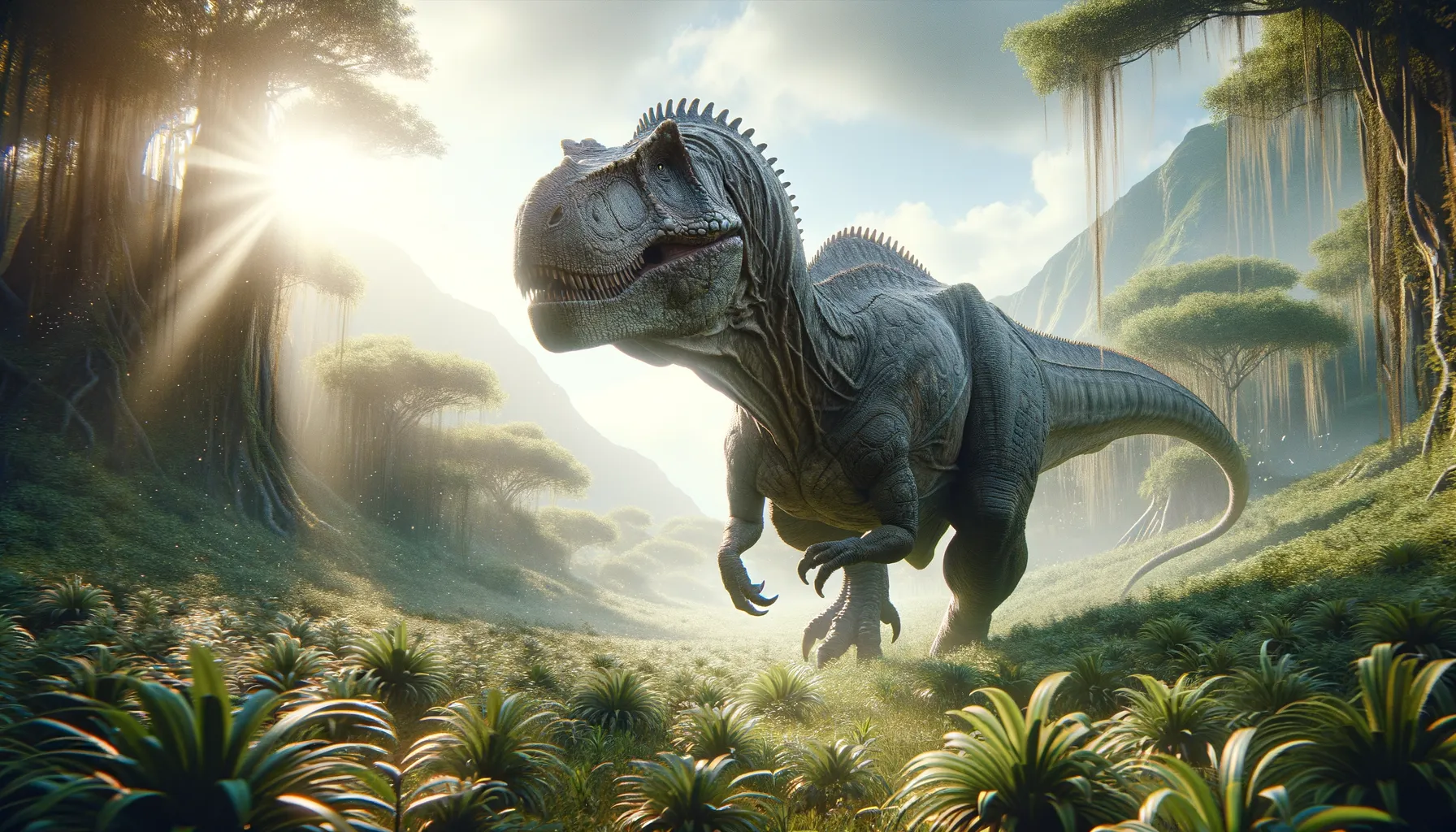
Platypelta
An armored giant of the prehistoric world!
Period
Cretaceous
Length
About 20 feet long.
Height
Roughly 6 feet tall at the shoulder.
Weight
Approximately 2 tons.
Platypelta was a heavily armored dinosaur that roamed North America during the late Cretaceous period. Known for its thick, bony plates and clubbed tail, this dinosaur was well defended against predators. Its massive build and low-slung body made it an herbivore reliant on dense, leafy vegetation. Platypelta remains a remarkable example of the diverse ankylosaurs, a group of armored dinosaurs that adapted to various ecosystems, showcasing the uniqueness of prehistoric life.
Diet
Platypelta was an herbivore, feeding primarily on low-growing ferns and shrubs. Its beak-like mouth was ideal for cropping vegetation close to the ground.
Hunting
As an herbivore, Platypelta did not hunt. Instead, it spent much of its time foraging for food, using its heavy armor for protection against predators like tyrannosaurs.
Environmental challenges
Living during the Cretaceous period, Platypelta faced challenges from predators such as large theropods. It also had to deal with changes in climate and vegetation, which could affect food availability. Its heavy armor helped protect it from attacks, while its herbivorous diet made it less reliant on specific prey availability compared to carnivorous contemporaries.
Speed
Relatively slow-moving due to heavy armor.
Lifespan
Estimated around 70 years.
First discovery
First discovered in Alberta, Canada in the 1970s.
Fun Facts
- Platypelta was a dinosaur that lived about 75 million years ago during the Late Cretaceous period.
- The name Platypelta means 'flat shield', referring to its armored body, which protected it from predators.
- It was a herbivore, meaning it fed on plants, using its beak-like mouth to graze on low-lying vegetation.
- Platypelta belonged to the Ankylosaur family, known for their armor and club-like tails used for defense.
- This dinosaur was relatively small for an ankylosaur, growing to about 16 to 20 feet long.
- Fossils of Platypelta have primarily been found in what is now Alberta, Canada, providing insights into its environment.
- The heavy armor of Platypelta made it a slow-moving creature, but it was well protected against attacks.
Growth and Development
Platypelta grew slowly, with its armor developing as it matured to provide increased protection. This armor likely played a key role in its survival, deterring predators throughout its lifecycle. Juveniles were more vulnerable due to less developed defenses.
Habitat
Platypelta inhabited forested and floodplain environments. It thrived in areas with abundant vegetation, providing ample food resources and cover. Its habitat selection was influenced by the availability of plants suitable for its diet.
Interaction with other species
Platypelta likely lived alongside other herbivorous dinosaurs, sharing habitats with species like hadrosaurs and ceratopsians. Its primary interactions with other species were likely defensive, using its armor to fend off predators. Social interactions within its own species are less well understood.
Natural lifespan
Platypelta could live up to 70 years in the wild.
Reproduction
Platypelta likely reproduced by laying eggs, similar to other dinosaurs. Nesting sites would have been strategically chosen to provide protection and optimal temperature for incubation. Young would have been vulnerable until their armor developed.
Social behaviour
It is unclear if Platypelta lived in groups or solitary. Its primary social interactions may have been related to mating and parental care. If it lived in groups, this behavior would have provided added protection against predators.
Fossil locations
Platypelta fossils are primarily found in Alberta, Canada, indicating it lived in that region during the Cretaceous. Its discovery there has provided valuable insights into the diversity of armored dinosaurs in North America during this period.
